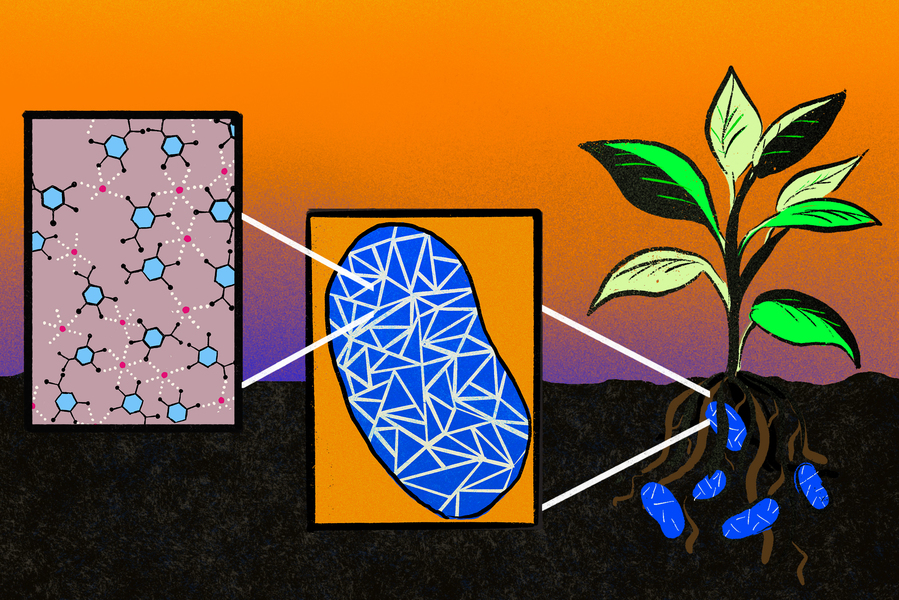When the first fire bearers introduced flames, warmth and cooked food there were undoubtedly skeptics who preferred that life stay the same; fire was a threat rather than a savior and raw meat wasn’t so bad with toothpicks in plentiful supply.
And so it has been with every technological innovation since. The newest and most innovative technologies have been described as “nearly indistinguishable from magic”, and so it is with today’s robots. The reality of new technology is that the people who invent it, mostly scientists and engineers, see and understand our world differently than those who use the end products.
Today’s “fire” comes in the form of a LEGO MINDSTORMS EV3 and its five robots: obstacle avoiding ROV3R, remote control SUP3R CAR, BLAST3R DROID, walking tripod bi-ped WATCHGOOZ3 and T-R3X in the hands of an impressionable toddler. These toys with gears, beams, sensors and programmable logic controllers (PLCs), give children a chance to be creators,”putting brains in bots.”
The Times, They are a Changin’, Fast
It used to be that science fiction writers were well ahead of engineers in imagining the world of the future: not so today. Read an average science or high technology website and day after day you are “blown away” at the speed and magnitude of change.
Humanity is collectively on a roller coaster ride unlike any it’s been on before: huge steep towering climbs, heart stopping drops, and sharp and winding curves with even more intense sections waiting around the bend. Scientists and engineers think in terms of kinetic energy, gravitational acceleration, friction, the conservation of energy, forces and the strength of materials while riders are “thrill seekers” hot in pursuit of queasy stomachs, blood curdling screams and the exhilaration of speed. These two worlds shall never meet, but one could not exist without the other.
Robots: Today’s Lightning Rods
And so it is with robots, one of the latest and most intriguing technologies under development that promises to remake the world as we know it; manufacturing, life sciences, human work and relationships are all fundamentally changing. We are likely to look back in the 22nd century and see today’s emergence of robotics as a key, if not the key, turning point in the 21st century.
While robots have touched manufacturing, warehouse automation, car assembly and the movement of goods on factory lines, they are only just getting started and will spread into all areas of human life.
At issue is the question of whether or not writers, professors, doctors, lawyers, artists, caregivers, accountants, bankers, musicians or significant others can compete with 37-fingered rock stars, robot companions, and thinking machines that run on the principles of electrical engineering, mechanical engineering and artificial intelligence.
The new terminology that defines robots: kinematics, kinetics, force control, trajectory planning, actuators, sensors, and vision systems seems to be ever expanding. New produces and new phenomena such as robotic warriors and “robotic swarms” are invented daily.
We will have to accept the fact that robots will always be able to do things humans will never be able to do: read 2 million books in one minute, recycle thousands of dead satellites in lower earth orbit, or sitting on the floor of the ocean, 12,000 feet below the surface, mining for oil.
The Writing is on the Wall
One day robots may form political coalitions and join political parties and maybe even run for office. Chances are they wouldn’t do any worse than the current ranks. But in all seriousness, this won’t happen for a long time. In the meantime, humans will have to do what they have always done: struggle to become educated and win the political influence needed to protect their interests as robots become more and more capable.
Related articles on IndustryTap:
- Hotel Coming to Nagasaki, Japan Will be Staffed by 10 Multilingual, Humanoid Robots!
- Amazon Continues to Expand Workforce…Robots Playing a Major Role
- GM Invests $300 Million in Robots to Expedite the Process of Building Cadillacs
References and related content:






